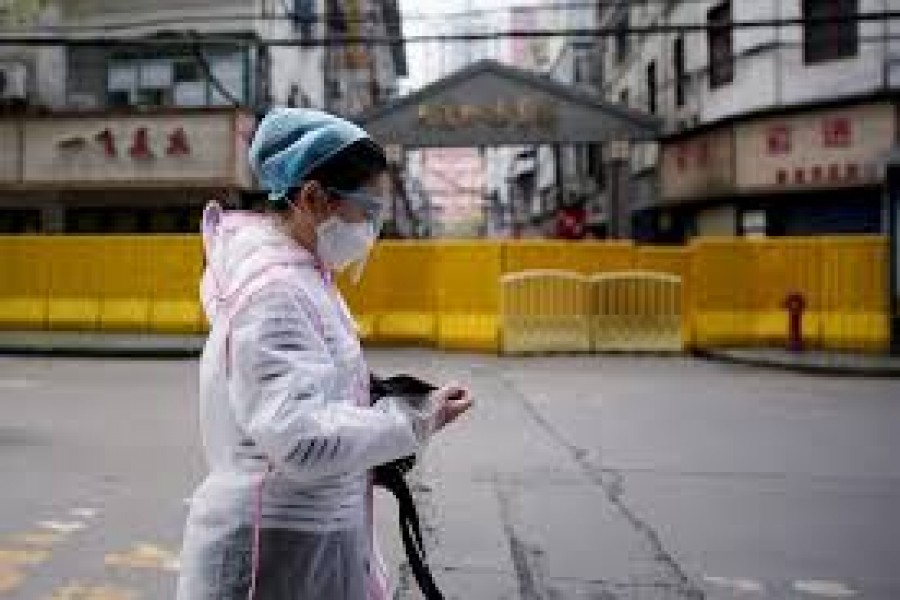A thing, used by robbers of yesteryear to distort their appearance in public, has emerged as the most conspicuous feature of 2020. Witnessing launch of a virtual BOOK to show FACE, through Facebook, the new century unthinkably soon sees universal use of facemasks, this time to save one's existence on earth.
How long the homo sapiens shall have to put a muzzle over mouth and nose and how far civilisation can afford to keep out of sight the index of a man for a long time are a matter to be dealt with next.
About 100 years ago, Rabindranath Tagore wrote in a novel that 'fashion is the mask while style is the facial beauty'. Fashion dominated all spheres of living but style, too, remained, though minimally. The coronavirus outbreak has brought to the fore a genuine mask, not as fashion but for practical purpose. The current generation also wonders if this compulsive measure would be a normal practice.
Now, an army of the extremely needy groups has found certain scope to seek alms with shame shrouded by a piece of cloth. In fact, countless beggars approach the Dhaka residents wherever they go to buy something during the shutdown. Introducing them as former 'rickshaw-pullers', 'hawkers' or 'wage earner women', some victims of the pandemic rush to residential areas and cry out in desperation to persuade the 'gentlemen' to offer food and cash.
Many such faces were, until recently, hidden under statistics of improvement in the people's economic status - reduction in poverty to around 20 per cent from 40 per cent since 2005. Researchers say the percentage of the poor in Bangladesh population may exceed 40 per cent again.
It's puzzling how people graduating from pauperism experience deterioration of their conditions so fast in the face of one crisis. There was drum beating for development which, as if, had given a farewell to the days when people suffered in want of everything following natural disasters.
The camouflage with statistics couldn't save the vulnerable population from a sad downfall! Even if one-fifth of Bangladeshis is poor, their absolute number in a country of 160-plus million is bigger than size of a population of many countries and each of them is an individual, invisible. And the ones who were hovering slightly above poverty line have faltered when their income opportunities in the informal sectors are mostly lost.
In hindsight, the country's glittering prosperity has left little scope to share the fruits of high growth with commoners through fiscal policy measures and social transfer of assets. Some of the very important urban spots were freed of beggars instead of entirely freeing the country from a culture of various kinds of begging.
As a street hawker from Sepoybagh, Dhaka, begged for rice and pulses, should consumers not buy his papor (dried food like chips), he replied to a questioner, "There is no shame in hunger."A cobbler in Karwanbazar area who used to buy three kilograms of mango a day in the last summer has no income this year.
Only through social distancing and wearing facemasks, people of the have-not bracket couldn't be stopped from being exposed to the milieu of the 'highway of development'. The mass struggle for sustenance cannot be depicted either through writings, as harsher reality cannot be felt from distance.
In 2010, a faculty member of Ateneo de Manila University, the Philippines, jokingly told his students from around Asia including this author, that he sometimes used a 'cruel mask' (of personality) during online classes. At a party, however, he showed friendly gesture, since, another faculty pointed out, the teacher concerned now couldn't wear any facemask.
Faces, in the pre-corona world, were visible but not the social masks that many used to shield their obnoxious faces from the sight of innocent masses. The social distancing period has given physical shape to the masked man, making impossible for strangers to recognise the users. Scientists may try to develop a formula of transparent mask for changing the world.


